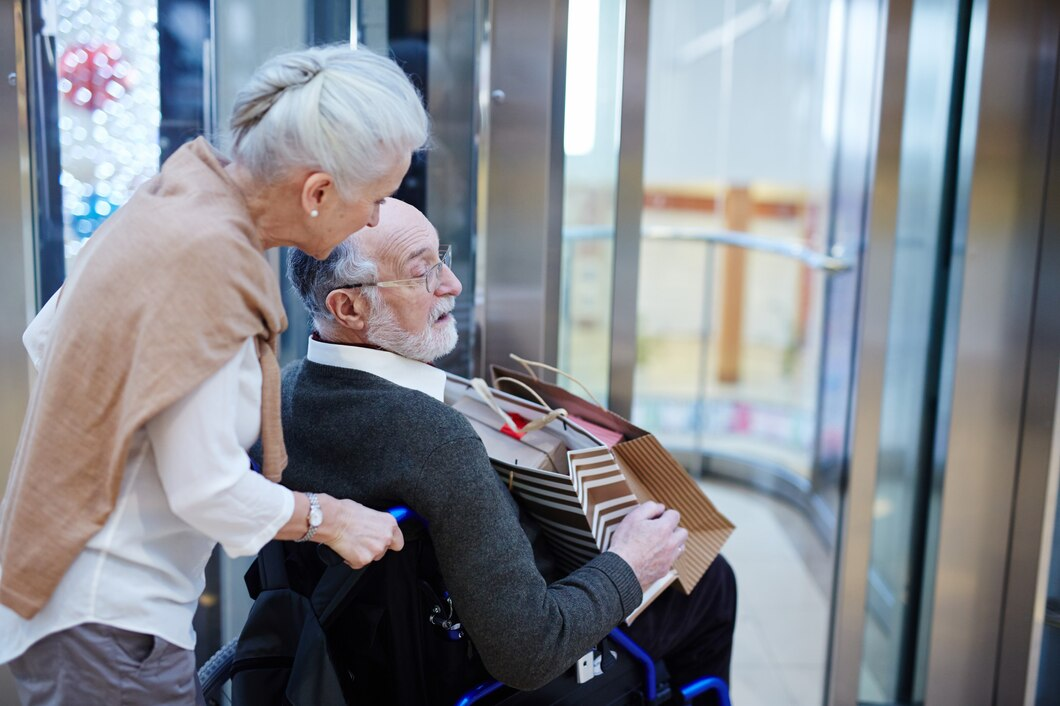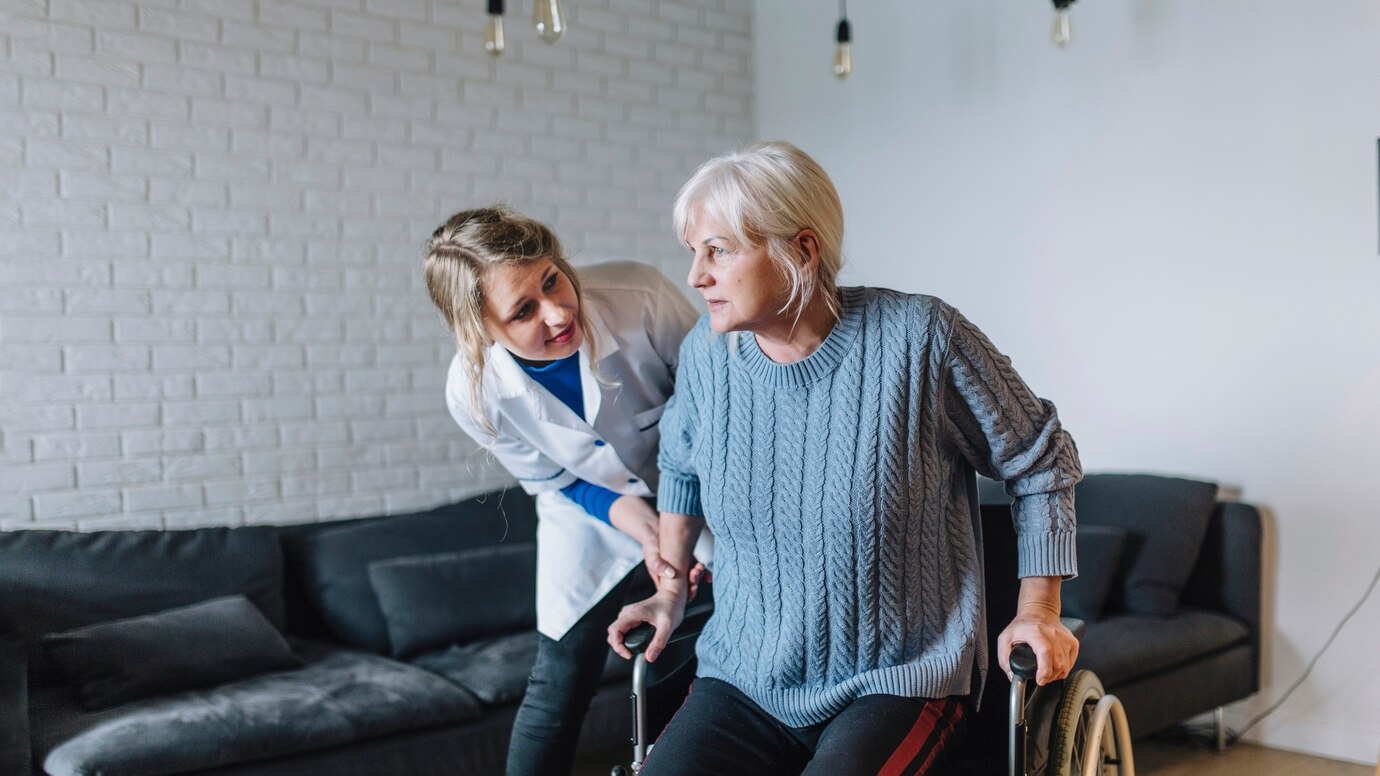Aging brings new challenges, and for seniors with limited mobility, safety is a top priority. The risk of falls, medical emergencies, or even difficulty reaching a phone in time makes everyday living more complex. Fortunately, personal emergency response systems (PERS) offer a reliable solution. These devices provide seniors with a lifeline, connecting them to emergency assistance at the press of a button.
Not all PERS devices are created equal. Many are designed for active seniors, but those with mobility issues need tailored solutions that suit their unique needs. From fall detection to voice-activated assistance, these systems go beyond basic emergency alerts to offer peace of mind for users and their families.
Choosing the right medical alert system is an important decision, especially when considering the needs of seniors with mobility challenges. Life Assure medical alert systems are one example of how specialized solutions can enhance independence while prioritizing safety. Understanding the available options can help families select the best system for their loved ones.
Why Seniors with Limited Mobility Need Specialized PERS
Seniors with mobility impairments face unique risks that demand a more comprehensive emergency response system than standard models provide. Unlike active seniors, those with limited movement may struggle to press small buttons, wear a traditional pendant, or even call for help verbally in an emergency.
Increased Fall Risk
One of the biggest concerns for seniors with mobility issues is falling. A CDC report highlights that over 3 million older adults are treated for fall-related injuries annually. Those with limited mobility are especially vulnerable, as getting up without assistance can be impossible. A PERS device with automatic fall detection ensures that help is on the way even if the user cannot press a button.
Difficulty Accessing a Phone
For many seniors, dialing 911 is not always an option. If a fall or medical episode occurs, reaching a phone in time can be a challenge. Some seniors rely on mobility aids, which makes moving quickly difficult. A wearable PERS device eliminates this concern, providing instant access to emergency assistance.
Chronic Health Conditions
Limited mobility often accompanies chronic health conditions such as arthritis, Parkinson’s disease, or post-stroke disabilities. These conditions can cause sudden emergencies, including dizziness, loss of balance, or even fainting. A PERS system with enhanced monitoring can help detect irregularities and alert caregivers before a crisis occurs.
Features to Look for in a PERS for Seniors with Limited Mobility
Not all PERS devices are suited for individuals with limited mobility. When selecting a system, consider the features that provide real security and accessibility.
1. Automatic Fall Detection
Since falls are a major risk, automatic fall detection is essential. This feature uses motion sensors to detect sudden falls and immediately contacts emergency services if the wearer is unresponsive. Not all falls can be detected, so it’s best used alongside a manual alert button for added security.
2. Voice Activation
For seniors with arthritis, Parkinson’s, or other conditions that affect dexterity, pressing a button can be difficult. Voice-activated emergency response allows users to call for help by speaking a simple phrase. This hands-free option ensures that assistance is accessible even if the senior cannot physically reach their device.
3. Wearable or Non-Wearable Options
Most PERS devices come in the form of pendants or wristbands, but for some seniors, wearing a device isn’t practical or comfortable. Alternatives such as wall-mounted emergency buttons, bed sensors, or smartwatch integration provide more flexibility. Choosing the right form factor can make a significant difference in usability.
4. GPS Tracking for Enhanced Safety
For seniors who may wander due to conditions like dementia or cognitive impairments, GPS tracking is a valuable feature. This allows caregivers or emergency responders to locate the individual quickly if they become lost or disoriented. Some systems also include geo-fencing alerts, notifying caregivers if the senior leaves a designated safe area.
5. Home-Based vs. Mobile Systems
PERS devices come in two main types:
- Home-based systems: Connected to a landline or cellular network, these systems work best for seniors who spend most of their time at home.
- Mobile systems: Ideal for seniors who leave the house frequently, these cellular-connected devices provide coverage wherever there’s a signal.
For seniors with limited mobility, a home-based system with additional emergency buttons placed around the house can offer the best protection.
6. Caregiver Integration
Many PERS devices now offer real-time monitoring and caregiver alerts. This means family members or caregivers receive instant notifications if an emergency occurs. Some systems even allow two-way communication, letting caregivers check in remotely.
The Role of PERS in Independent Living
One of the biggest fears seniors face is losing their independence. Many resist moving into assisted living facilities, preferring to stay in their own homes. A well-chosen PERS device can make independent living safer and more practical.
Reducing Anxiety for Seniors and Families
Knowing that help is just a button press away gives seniors confidence in their daily lives. They don’t have to fear being alone, which can reduce stress and anxiety. At the same time, families gain peace of mind, knowing their loved ones have immediate access to emergency services if needed.
Encouraging Mobility While Staying Safe
Limited mobility doesn’t have to mean complete loss of movement. A reliable emergency system can encourage seniors to stay active within safe limits. Whether it’s moving around the house or engaging in light exercise, knowing that a safety net is in place can boost confidence and promote well-being.
Supporting Aging in Place
More seniors are choosing to age in place, remaining in their homes instead of transitioning to a facility. A PERS system with customized features can help make this possible by reducing the risks associated with limited mobility.
Choosing the Right PERS for a Senior with Mobility Challenges
Finding the right system requires considering the individual needs of the senior. Here are a few steps to make the best decision:
- Assess Mobility Levels: Determine if the senior can press a button or if a hands-free system is necessary.
- Consider Living Arrangements: A home-based system may be better for those who rarely leave home, while a mobile system suits those with caregivers who take them out.
- Look for Essential Features: Automatic fall detection, voice activation, and GPS tracking can make a system more effective.
- Compare Costs and Subscriptions: Some systems require monthly fees, while others offer one-time purchases. Choose based on budget and features.
- Read Reviews and Get Recommendations: Checking user experiences can help identify reliable and high-quality options.

Final Thoughts
For seniors with limited mobility, a personal emergency response system is more than just a convenience—it’s a necessity. The right device provides instant access to help, reduces risks, and allows seniors to maintain their independence.
With specialized features like fall detection, voice activation, and GPS tracking, today’s medical alert systems are designed to meet the specific needs of individuals with mobility challenges. Choosing a system tailored to these needs ensures safety, peace of mind, and a better quality of life for both seniors and their families.

